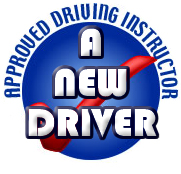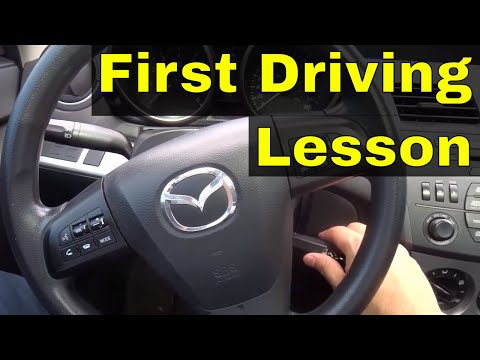FIRST DRIVING LESSON TIPS
Get in equipment: your very first time in the driving seat
You’ve been studying, and now it’s time to put what you’ve learnt into practice behind the wheel. Reserving your very first driving lesson is exciting, however it may not take too long for the nerves to sneak in. Let’s have a look at a few things you can do to help keep you calm, cool and collected as you find out how to drive.
How to prepare for your very first driving lesson
Review the Highway Code – not only will it assist you when it comes to taking your theory test, it’ll keep the guidelines and guidelines of the road fresh in your mind.
Select an useful attire. Try to wear something comfortable that you can move around in and avoid any restrictive clothing and shoes. High heels and flip flops, in particular, aren’t ideal when driving.
Remember your provisionary licence – your instructor will check that you have it. You can’t lawfully be behind the wheel without one so it’s an outright should for your very first driving lesson. You might also be requested for your check code, so your trainer can examine your online licence equivalent.
Make sure you’re physically fit to drive. Prevent drinking the night before and keep in mind to bring your glasses or contact lenses if you need them.
Pass your test with us
Driving Instructors DublinDriving Test Ireland
What do you do on your very first driving lesson?
Will I drive straight away?
Do not stress – you won’t get in the driving seat quickly. Your instructor will drive you to a quiet road where you’ll find out all the fundamentals of the car controls. This includes the gears, the pedals, and what’s called the cockpit drill.
What’s a cockpit drill?
This is a workout that all chauffeurs need to perform when they get in the vehicle, and it’s generally among the first things you’re taught. The cockpit drill (frequently referred to as the DSSSM routine) includes inspecting your doors, seat, steering, seat belt and mirrors:
- Doors– examine all doors are closed and secured prior to starting your engine.
- Seat and steering– adjust your seating so that the controls are within simple reach and you have a clear view of the road. If you’re in an accident, you ought to also adjust your headrest to prevent whiplash.
- Seat belt– ensure you and your passengers are buckled in.
- Mirrors– place your mirrors to reduce your blind spots.
How do I move off?
When it concerns the huge moment– taking control of the automobile– you’ll have to move the car off and show that you can safely do the ‘Prepare, Observe, Move’ regular:
Prepare – getting the car all set to retreat when the road is clear
- Press and hold the clutch down with your left foot.
- Select initially gear.
- Press the gas pedal down with your best foot until you’re at about 1500-2000 rpm.
- Bring the clutch up slowly up until you find the biting point.
- Be ready to launch the handbrake at the correct time.
Observe– revealing your instructor that you’re aware of your surroundings
- Inspect all around the vehicle searching for anything that may impact your driving plan.
- Examine both shoulders.
Move– confidently moving the automobile off when you’re safe to go
- Launch the handbrake.
- Launch the clutch gradually while carefully putting your foot down on the gas pedal.
- If you find you begin to move off too fast, ease up on the gas and manage the speed of the automobile utilizing the clutch pedal.
- Re-check your mirrors and blind spots and move your cars and truck to the normal driving position.
What if I slip up?
It’s regular to be worried when you’re finding out to drive – and you’re not expected to master everything directly away. Driving is something you get much better at with time and practice.
In the (unlikely) case of something going wrong, felt confident that your instructor can manage the automobile. All professional driving schools utilize dual controlled cars and trucks, which implies your trainer can step in if you need some help.
Reserving your first driving lesson is amazing, but it may not take too long for the nerves to sneak in. You can’t lawfully be behind the wheel without one so it’s an outright must for your very first driving lesson. Your trainer will drive you to a peaceful roadway where you’ll discover all the basics of the vehicle controls. It’s regular to be nervous when you’re discovering to drive – and you’re not expected to master whatever directly away. Driving is something you get much better at with time and practice.
Related Articles
[page-generator-pro-related-links group_id=”1597″ post_status=”publish” output_type=”list_links” limit=”6″ columns=”2″ link_featured_image=”0″ orderby=”rand” order=”asc”]
Learn More

